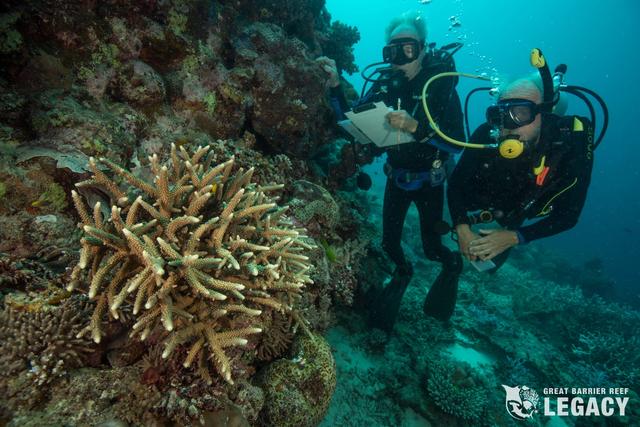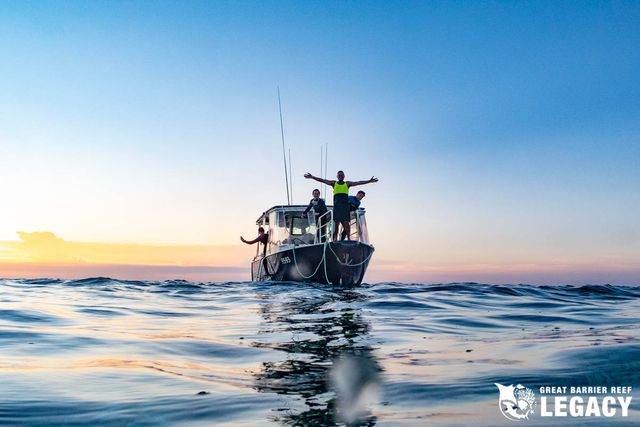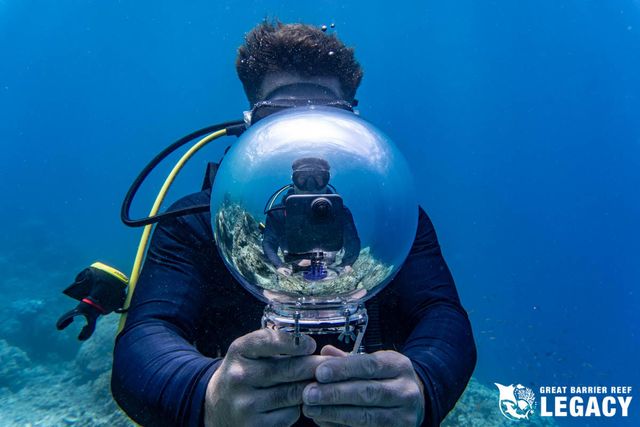Search for Solutions
Our second innovative research expedition
In November 2018, a team of coral experts set off to undertake an extensive study of the ‘Legacy Super Site’ - the most diverse hard coral site ever found on the Great Barrier Reef (discovered the year before during our Search for Super Corals expedition). World leading coral taxonomist Dr Charlie Veron confirmed this exceptional finding and catalogued the species present. This outer reef site, the location of which remains a tightly held secret, has at least 195 species of corals in a section of reef no longer than 300m. This represents almost half of all known coral species on the Great Barrier Reef!

The annual mass coral spawning was documented at the 'Legacy Super Site' from a micro to macro scale, including filming with state of the art 360° cameras for Virtual Reality. The team also collected ecological data to find out more about the timing and cues around coral spawning in this area - information critical for understanding and supporting reef recovery.
Finally, researchers from the Australian Institute of Marine Science (AIMS) collected live coral specimens laden with eggs and sperm to use in laboratory experiments as part of the Reef Restoration and Adaptation Program (RRAP), which is creating a suite of innovative measures to help preserve and restore the Great Barrier Reef.
Key milestones achieved in the lab:
- 22 distinct genetic lineages were produced during 2018 coral spawning by reproductively crossing warmer northern corals from 3 reefs with cooler southern corals from 2 reefs from the central GBR.
- Heat tolerance of larvae for each of these 22 genetic lineages was assessed in controlled experiments in the National Sea Simulator.
- Thousands of larvae from each of these genetic lineages were successfully settled to produce coral juveniles.
- Coral juveniles from these 22 lineages were then exposed to 4 distinct symbiont strains in order to establish symbiosis.
- Juveniles with these 4 symbionts strains were then exposed to heat stress to determine coral heat tolerance.


Check out our expedition video below to learn more